Understanding dashboard warning lights in your BMW X7 is essential for maintaining vehicle safety, as they alert you to potential issues that could lead to accidents or breakdowns if ignored.
Recognizing these lights helps prevent costly repairs by prompting timely action, ensuring the car runs efficiently and reliably. Always consult your owner’s manual or a BMW service center for model-specific details.
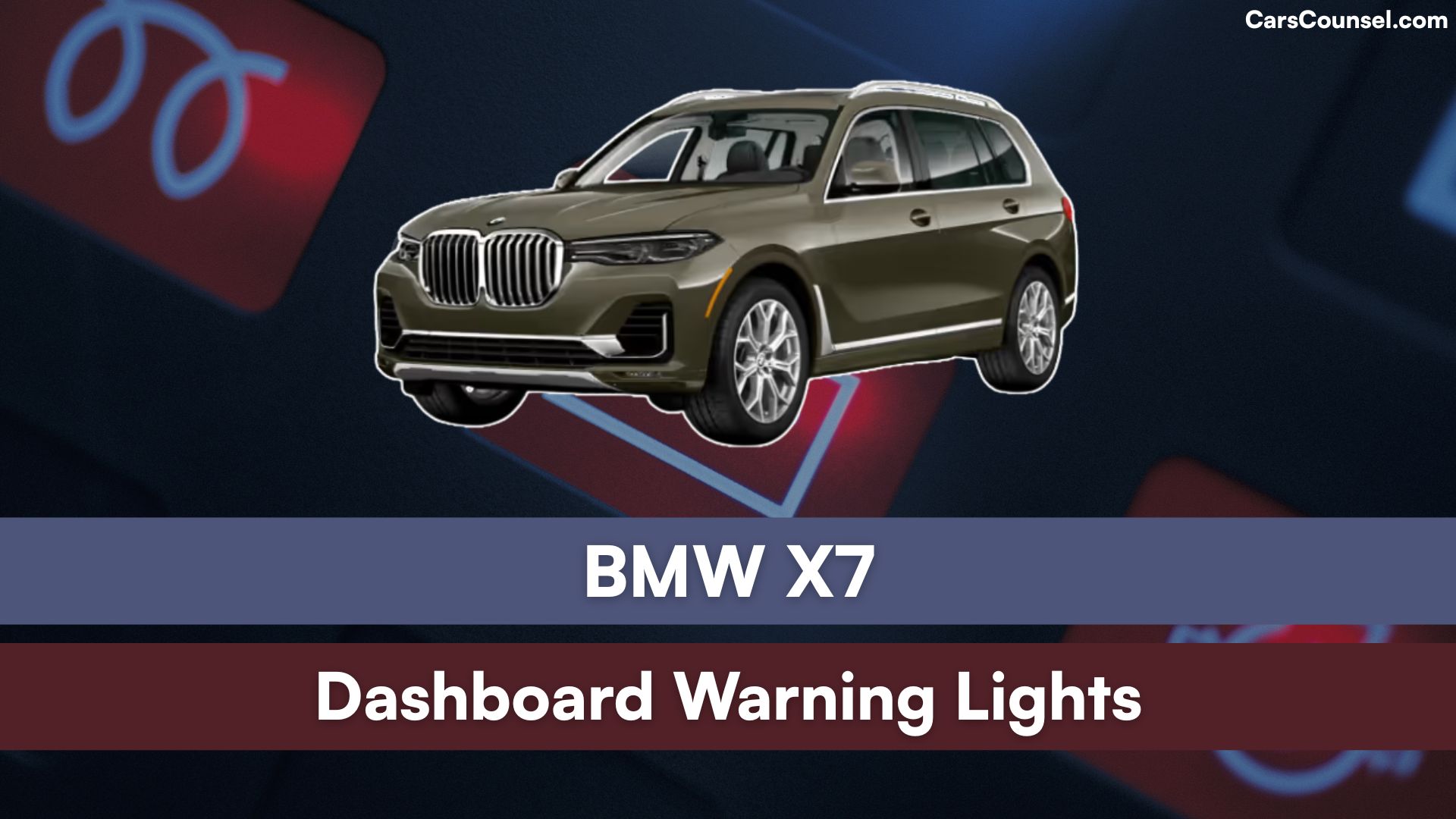
Quick Navigation
Red Warning Lights (Stop Immediately)
These lights indicate serious problems requiring you to pull over safely and address the issue right away to avoid damage or danger.
Engine Oil Pressure

Low oil pressure can cause engine damage from lack of lubrication. Stop the car immediately, check the oil level, and add oil if needed; do not drive until fixed.
Brake System Alert
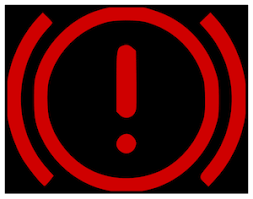
Brake fluid is low or there’s a failure in the braking system. Pull over safely, check fluid levels, and call for roadside assistance or a mechanic.
Airbag System Warning

The airbag system has a fault, meaning airbags might not deploy in a crash. Stop and have it inspected at a service center promptly.
Coolant Temperature High
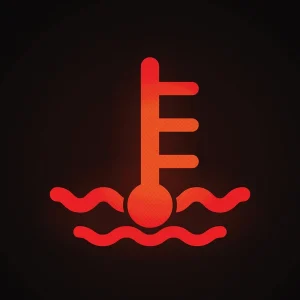
Engine is overheating due to low coolant or a cooling system issue. Stop the vehicle, let it cool, check coolant, and seek professional help.
Battery Charge Low
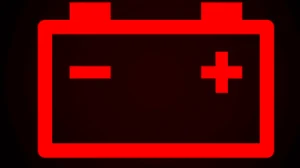
The battery isn’t charging properly, possibly from alternator failure. Stop driving and get the charging system checked to avoid stranding.
Power Steering Failure

Loss of power steering assistance makes steering hard. Pull over immediately and contact a service center for repairs.
Seatbelt Reminder
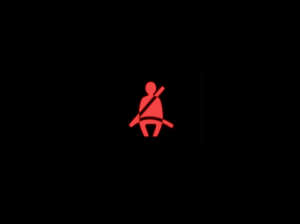
Driver or passenger seatbelt is not fastened. Stop and secure all seatbelts before continuing to drive.
Door Ajar Warning
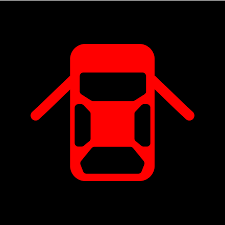
A door is not fully closed, risking safety during travel. Stop, check all doors, and ensure they are securely latched.
ABS Brake System
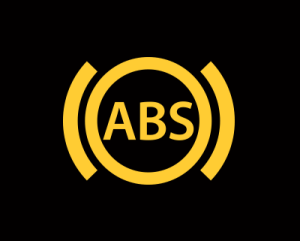
Anti-lock braking system is malfunctioning, affecting brake performance. Stop safely and have the system diagnosed.
Transmission Overheat
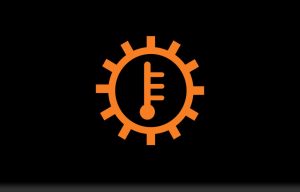
Transmission fluid is too hot, potentially from heavy use or low fluid. Stop, let it cool, and visit a mechanic.
Tire Pressure Critical
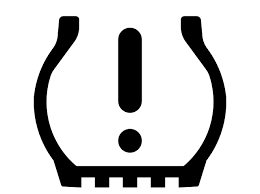
Tire pressure is dangerously low, risking blowouts. Stop immediately, inflate tires to proper levels, or replace if damaged.
Engine Overheat
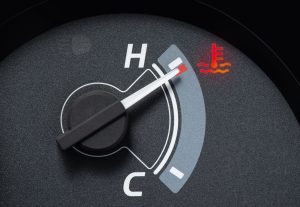
Engine temperature is critically high. Pull over, turn off the engine, and allow cooling before checking coolant.
Brake Fluid Low

Brake fluid level is insufficient for safe stopping. Stop and top up fluid; inspect for leaks.
ESP Stability Control Off
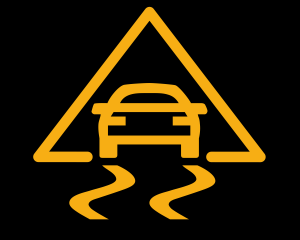
Electronic stability program is disabled or faulty, reducing control in slippery conditions. Stop and reactivate or repair.
Glow Plug System (Diesel Models)

Glow plugs are not heating properly for engine start. Stop and have the system checked to prevent starting issues.
Yellow/Amber Warning Lights (Action Required Soon)
These signals mean there’s an issue that needs attention soon, but you can usually continue driving carefully to a safe spot or service center.
Check Engine Light
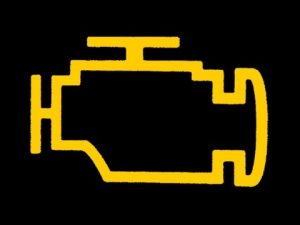
Engine or emissions system has a problem, like a faulty sensor. Schedule a service visit soon to diagnose and fix.
Tire Pressure Monitoring
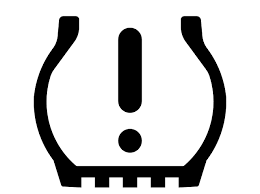
Tire pressure is low but not critical. Check and adjust pressures at the next stop to maintain handling.
Brake Pad Wear

Brake pads are worn and need replacement. Plan a service appointment to avoid reduced stopping power.
Coolant Level Low
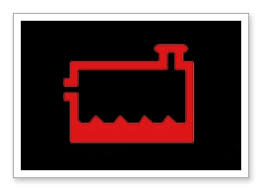
Coolant is below safe levels. Top up coolant soon and check for leaks.
DPF Filter Clogged (Diesel Models)
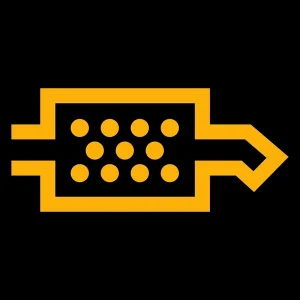
Diesel particulate filter is blocked with soot. Drive at higher speeds if possible or visit service for cleaning.
Transmission Issue

Transmission has a non-critical fault. Limit driving and get it checked to prevent escalation.
Eco Mode Indicator
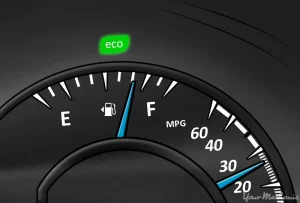
Eco driving mode is active but may need adjustment. No immediate action, but monitor fuel efficiency.
Green Information Lights (Information Only)
These lights provide status updates on vehicle features and do not require action unless accompanied by other warnings.
Front Fog Lights On

Front fog lamps are activated for better visibility in fog. No action needed; turn off when conditions improve.
Rear Fog Lights On
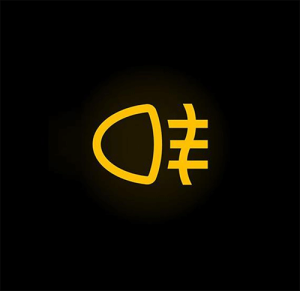
Rear fog lamps are switched on. Informational; deactivate when no longer necessary.
Turn Signal Indicator
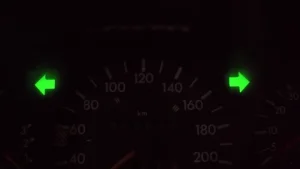
Turn signals are in use. Blinks to show direction; turns off automatically after turn.
High Beam Lights

High beam headlights are on. Reminder to dim for oncoming traffic.
Cruise Control Active
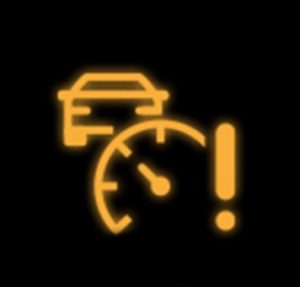
Cruise control system is engaged. Speed is maintained; adjust as needed.
Lane Departure Assist On
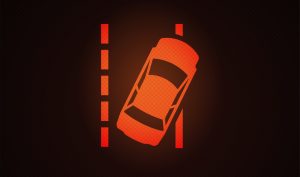
System is monitoring lanes. Alerts if drifting; informational only.
Parking Lights On

Exterior parking lights are active. Used for visibility when parked.
Headlight Leveling
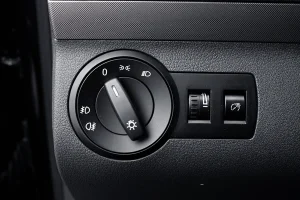
Automatic headlight adjustment is functioning. Ensures proper beam alignment.
Rain Sensor Active
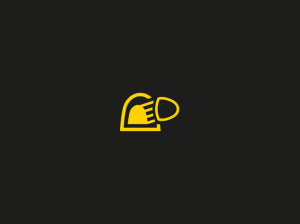
Wipers are in auto mode based on rain detection. Adjust sensitivity if desired.
Fuel Saver Mode
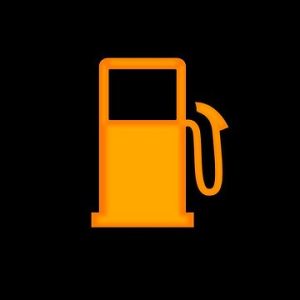
Engine is in fuel-efficient operation. Monitors for optimal performance.
Seat Heater On
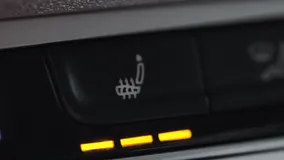
Seat heating is activated. Provides comfort; turn off when not needed.
Auto Hold Engaged

Automatic brake hold is active at stops. Releases when accelerating.
Drive Mode Selected

Current drive mode (e.g., comfort or sport) is displayed. Change via controls if preferred.
When looking at BMW, make sure to check out our guides on models like the BMW X2, BMW X4, BMW X5, and BMW X6. Understanding dashboard warning lights is essential. Our expert reviews break down what each light means, highlighting common alerts for these models and what they could signal about underlying issues, so you’re never left guessing behind the wheel.

